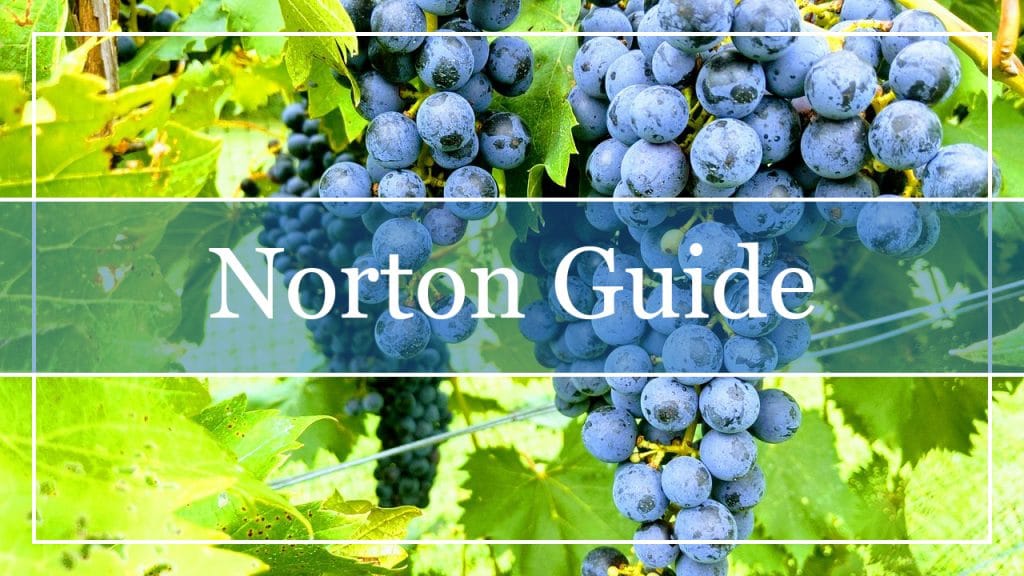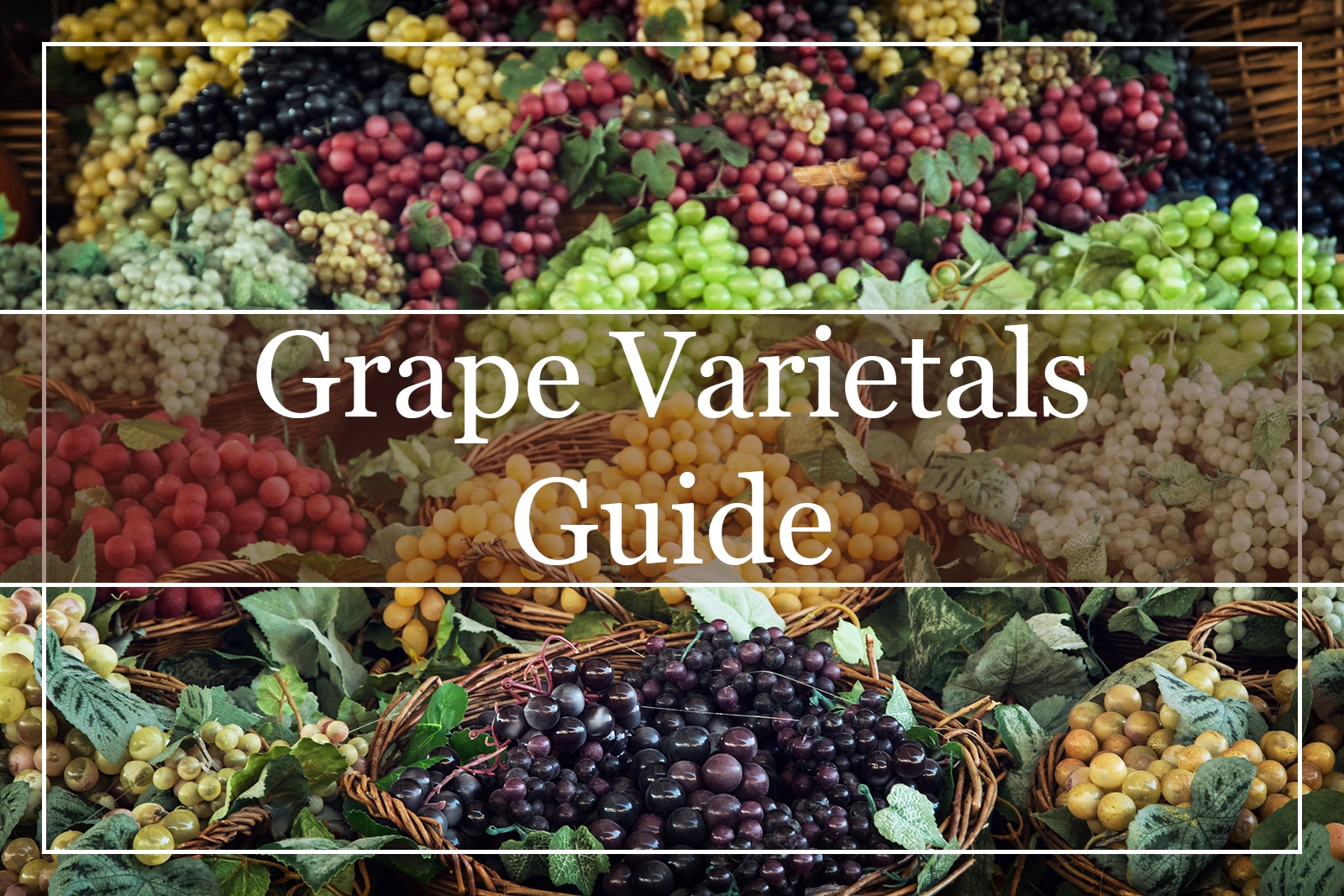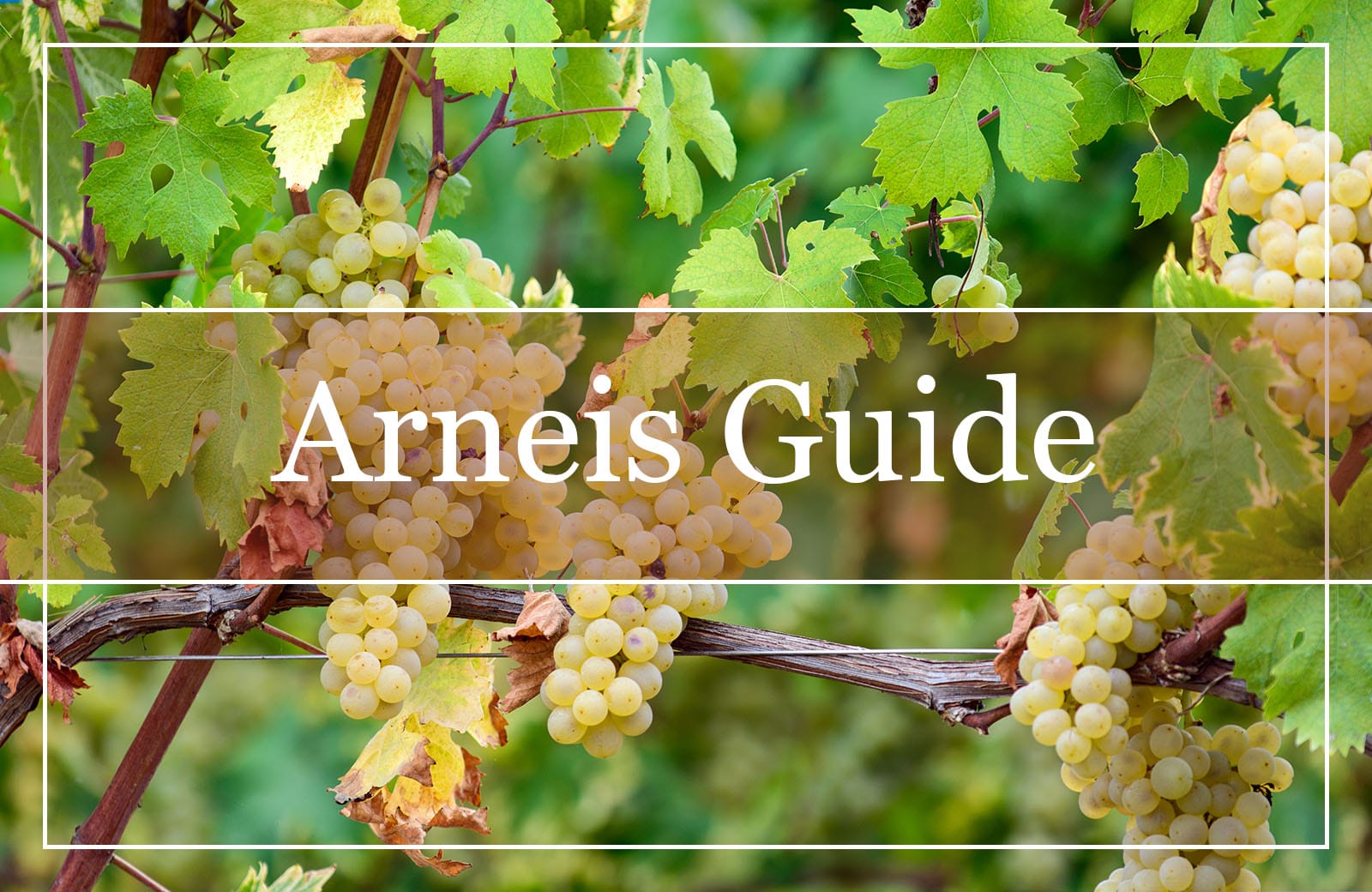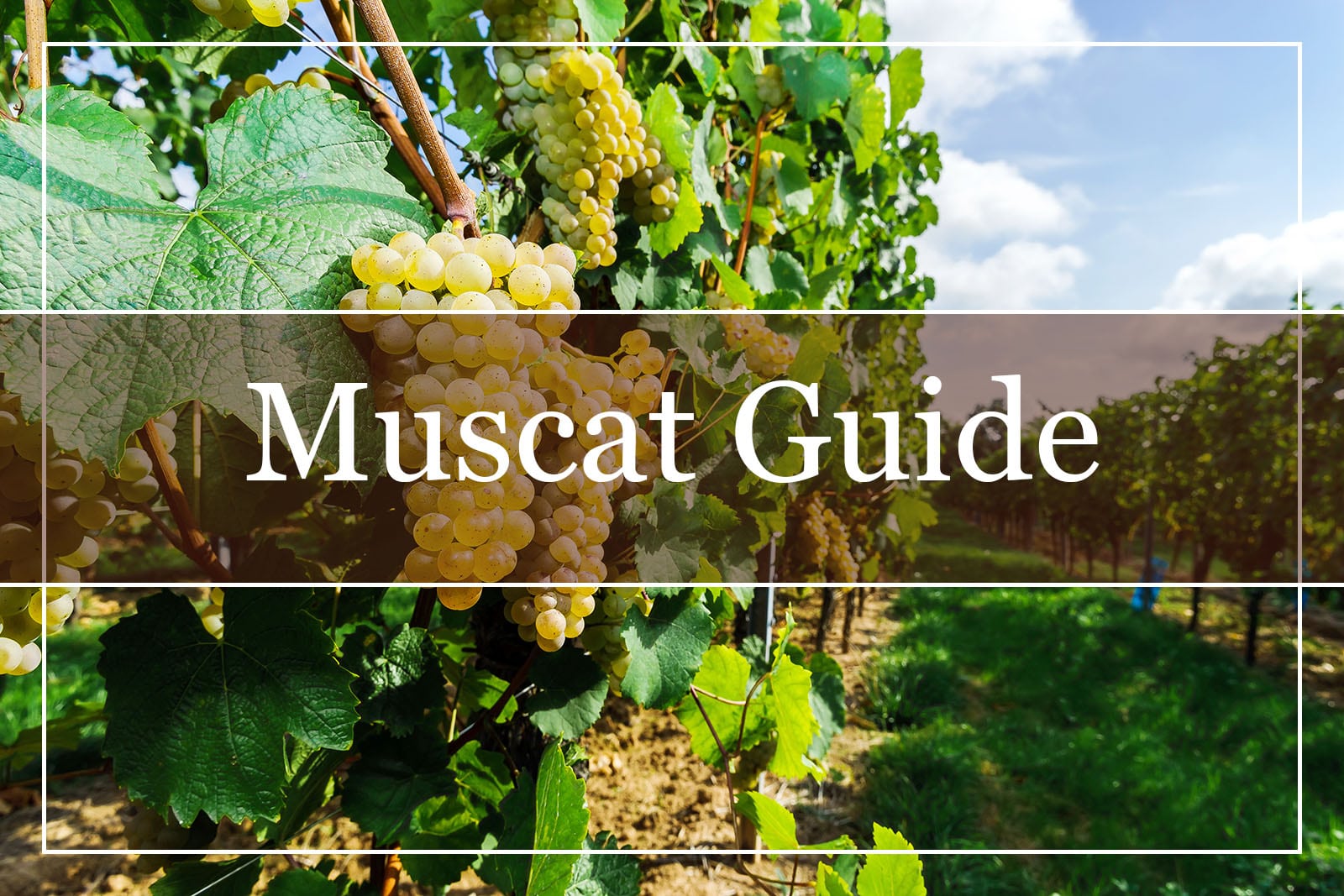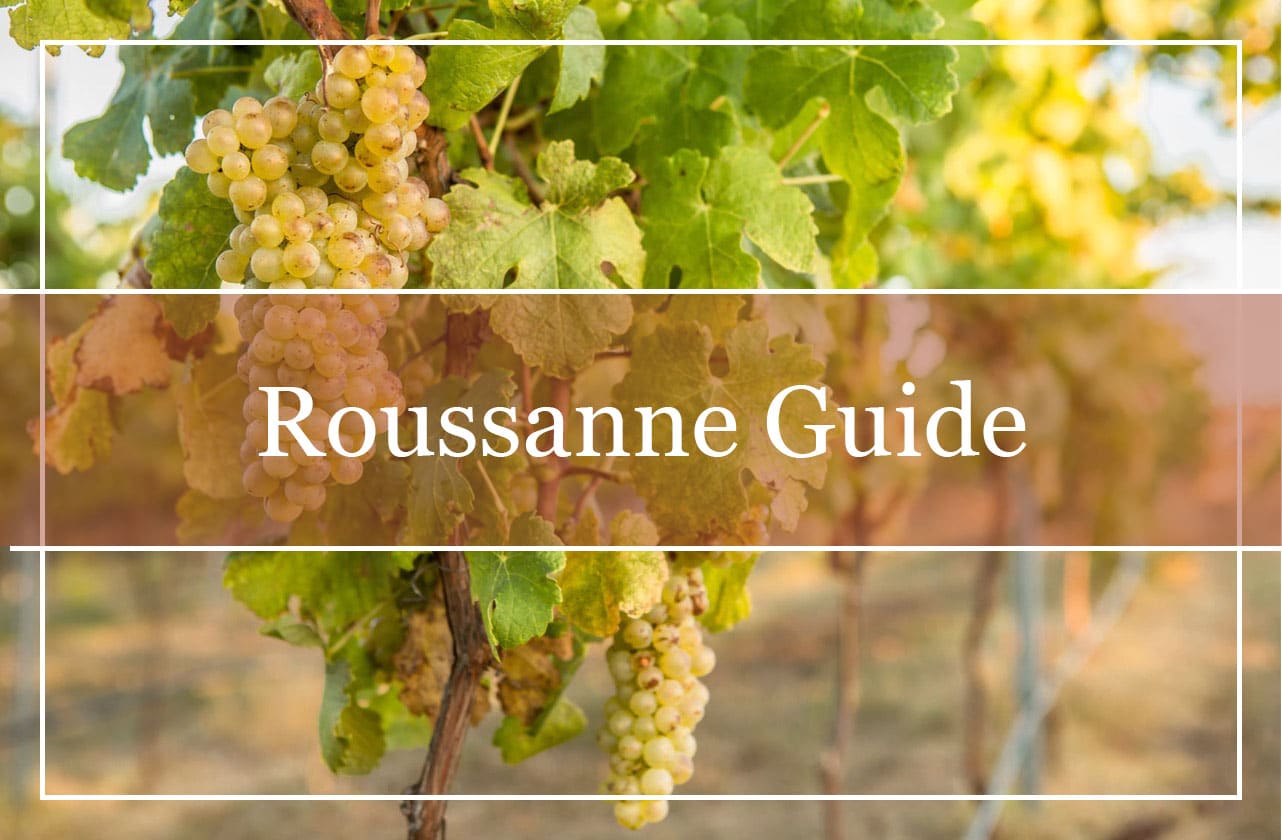What Is Norton?
Norton is a thick, dark-skinned hybrid varietal found in the Northeast of the United States. Also known as Cynthiana, Norton is considered a fantastic hybrid variety due to not having the intense animal aromas that usually spoil the brightness in wines. Furthermore, Norton wines have a medium-to-full body with vivid red fruit elements and white pepper notes.
The grape is believed to be the first and oldest grape cultivar in the United States produced for commercial purposes. It seems to have originated in Missouri in the 19th century, with DNA testing to suggest that Norton is a cross between Vitis vinifera and the Vitis aestivalis family of grapes, a little-known species.
Norton is late-ripening, producing small bunches of grapes with a robust tannin structure and deep color. The Norton vines are resistant to diseases and withstand cold temperatures, unlike most Vitis vinifera grape cultivars.
An interesting fact about Norton is that it sees high resveratrol levels, a compound considered to be good for the health of the heart.
Outside Missouri, Norton plantings are found in Virginia, Kansans, and Texas.
The Norton characteristics highlight red and black fruit notes. Also, hints of chocolate and coffee are present, accompanied by cherry, raspberry, and blackberry flavors. Spicy touches and overtones of oak contribute to the depth and savoriness. And, because the grapes can be picked late in the season, when they have received maximum sunshine, plush Norton dessert wines are produced too.
What Is a Hybrid?
For grape growers and winemakers, a hybrid is a grapevine whose parents come from two different species. For the most part, they will have at least one American vine as a parent, as in the Norton case.
As a general rule, the grapes from American vines are rarely used in winemaking. Some notable exceptions are Norton and Vidal, which is grown in Canada, producing high-quality ice-wines. Hybrids and American vine crossings have a vital role in grape growing, as they are used as rootstocks for protection against Phylloxera, an insect native to North America.
How Dangerous Is Phylloxera For the Vines?
Phylloxera is a North American insect pest that attacks Vitis vinifera, causing massive damage. It managed to obliterate almost every vineyard in Europe when it was accidentally introduced in the 19th century. Nevertheless, American vines, which evolved with the insect, developed a defensive mechanism against the pest: a sticky sap that clogged the insect’s mouth. So, it could not attack the vine and feed on its roots. American vines also formed protective layers behind the feeding wounds preventing secondary infections.
Phylloxera is not easily manageable, and chemicals do not help. The only way to deal with it was to plant American species or hybrids. However, by the beginning of the 20th century, grape growers found a better solution. Vitis vinifera could be grafted onto the rootstock of an American vine or hybrid. That protected the American vine and the flavor and quality of the European wine.
What Color Is Norton?
Norton is thick, dark-skinned, and has a deep blue-purple pigmentation. Up until véraison and berry ripening, Norton grapes are hard and thick to the touch. Véraison period, however, signals the point at which the grapes begin to ripen.
Between véraison and harvest, grapes grow and fill with water. During ripening, grape sugar levels rise, and the acid levels drop. Color pigments and flavor components accumulate. Warm and sunny conditions are ideal, while mild water stress inhibits soot growth, encouraging grape ripening. It is then that the skin changes color, with Norton color turning into a brilliant blue and delicate, velvety purple. A stunning appearance, indeed.
What Does Norton Mean?
The Norton varietal has taken its name from its founder, Dr. Daniel Norton. It is believed that Norton developed in Virginia private gardens of his. The first mention of the variety comes from a grape nursery in 1822. However, it appears to have been a claim where Dr. F.W. Lemosy first discovered the vine growing on his property and gifting a cutting of it to Dr. Norton afterwards. Being that were two recorded mentions of Norton before 1835, this claim is unlikely. But it did lead to confusion about the grape’s true origin.
How to Pronounce Norton?
The Norton pronunciation is not hard, as it is named after Norton, the surname of its founder. In general, learning how to pronounce the name of grapes correctly is very important in wine-tasting circles and events. There are two syllables in the word, and the emphasis falls on the first syllable. Here is what it looks like phonetically:
nAWr-tuhn
Even though it is unlikely, if you have difficulty pronouncing Norton correctly, there are plenty of helpful audio and video examples online to help you out.
Where Does Norton Come From?
Norton originates in Missouri and has been named the State’s official grape. However, it has a complicated past, especially regarding its name. As mentioned above, Norton is named after the horticulturist, Dr. Norton of Virginia and has also been called Virginia Seedling, Norton’s Virginia Seedling, and Cynthiana. The Cynthiana grape appears to have been discovered in Arkansas in the 1830s.
For many years, it was thought to be a different variety than Norton. DNA testing, however, showed that the two varietals are indistinguishable, even though they have different ripening conditions and times and some subtle differences in taste. The differences, though, have to be attributed to the appellation or the terroir in which they are grown.

Norton arrived in the Hermann region from Virginia in the 1840s, after German settlers started planting it. One of them was George Husmann. He was a self-taught viticulturist of the Hermann region, working closely with grape growers to develop robust vines, improving the quality of Norton and other Missouri wines. Later, Husmann became one of the founding fathers of the Napa Valley in California, the core of the American wine industry. His work in Missouri gained him fame and prominence in grape growing and winemaking.
During the early 20th century, Norton gained international recognition for producing high-quality, award-winning wines. However, Prohibition devastated the American wine industry in 1919, as most vineyards were destroyed, with the Norton grape almost lost forever. Fortunately, that was not the case. Three decades after the end of Prohibition, there was a discovery of pre-Prohibition Norton vines. Since then, the grape regained its popularity in Missouri and proceeded to win multiple awards at local and international wine competitions.
What Kind of Wine Is Norton?
Typically, the Norton varietal produces a complicated, luscious, and plush dry red wine or intense, mouthwatering dessert wines. Also, depending on the winemaker, Norton wine might be light-bodied, crisp, and refreshing. For this reason, it is versatile and perfect for almost any occasion and event. Sip it at lunch, Thanksgiving dinner, on the patio, or in a chalet next to a cozy fireplace. With such a complex character, guests are sure to enjoy it.
Is Norton Dry or Sweet?
It is not easy to pin Norton down to a specific tasting profile. As mentioned above, Norton wines can be lightweight or complex with luscious texture and intense flavors. The grape also may give flavorsome and uncommonly sweet dessert wines. On top of that, the flavors and the character of wines depend on the winemaking techniques implemented by winemakers.
The terroir also plays a significant role in shaping the personality of a wine and its structural components. That is especially true about Norton, where despite being genetically the same as the Cynthiana grape, it does show differences in flavors and texture due to the terroir. Norton, being from Virginia and Cynthiana from Arkansas, cultivate in entirely different regions, with different soils, vineyard inclination, and sun exposure.
What Does Norton Taste Like?
In the glass, the Norton grape has a deep purple-bluish color, medium-to-full-body, and high acidity. The tannins range, however, from rough and grippy to silky smooth, and almost velvety. On top of that, the Norton aroma packs cherry and black currant fragrances. Sweet-smelling lavender and elderflower are also discernable on the nose, along with overtones of citrus.
Regarding Norton flavor profile, it is unpretentious, and it includes flavors of black and red fruits, such as plum, blackberry, and raspberry, among others. Touches of baking spices, like cinnamon spice and star-anise, blend with notes of coffee and chocolate, as a hint of white pepper and dill combine, adding depth. Norton tasting notes vary from fresh to complicated, from primary to secondary to tertiary.
There will be times, however, that Norton might show unusual characteristics similar to other American grapes. Some wine fans like an animal touch, while others do not, though. Norton wines also have high resveratrol levels, a compound that is apparently good for heart health.
How to Serve Norton?
Norton is best served after cellar aging for three to five years. As you age it, Norton will see an increase in flavor concentration and develop aromas and flavors of game meat, leather, tobacco, wet leaves, marmalade, and dried fruits. On top of that, the perfect temperature to serve Norton is at room temperature, between 68-68°F (15-20°C), and into standard red wine glasses.
To mature the wine, seal it with a cork and store it in an environment with room temperatures that do not fluctuate (50-60°F or 10-15°C) and a portion of humidity.
Direct sunlight or artificial light should be kept at bay, as they may cause irreversible damage. Intense exposure to light rearranges the chemical compounds found in wine, like oxygen and temperature, and causes wine faults. That means that the wine ages prematurely, and its aromas, flavors, and even color change for the worse.
Odors also must be avoided, as they might find their way inside the bottle. If they do, they usually instill unwelcome aromas and flavors, like intense animal sweat, although the foxy smell is unavoidable, to be honest. Do not let the wine mature for over five years. It will start losing its freshness and juiciness, resulting in an empty, muted flavor profile.
How Long Should Norton Breathe?
Norton requires decanting. At the very least, you have to let the wine breathe for 30 or more minutes. In this way, unpleasant animal scents disappear, leaving behind juicy notes of black fruits, chocolate, and coffee. Aeration also allows the wine to settle, enhancing its fruitiness. A pretty decanter will show off the compelling deep purple appearance of Norton, too.
What Food to Pair With Norton?
As an American varietal, the Norton wine should be paired with American food, such as beef and venison. As a general rule, strive to substitute medium-to-full-body reds, like a Cabernet Sauvignon, with Norton. Try to accompany Norton with a hearty meatloaf or steak with caramelized onions on the side. Another option would be to match it with fried mushrooms with garlic and coriander or even with blackened fish (red snapper, grouper, salmon).
Moreover, the classic BBQ grill is a superb way to introduce the wine to friends and to share Norton’s incredible history. Put some T-Bone steaks and Black Angus burgers on the grill, and enjoy to your heart’s content along with a bottle of Missouri Norton.
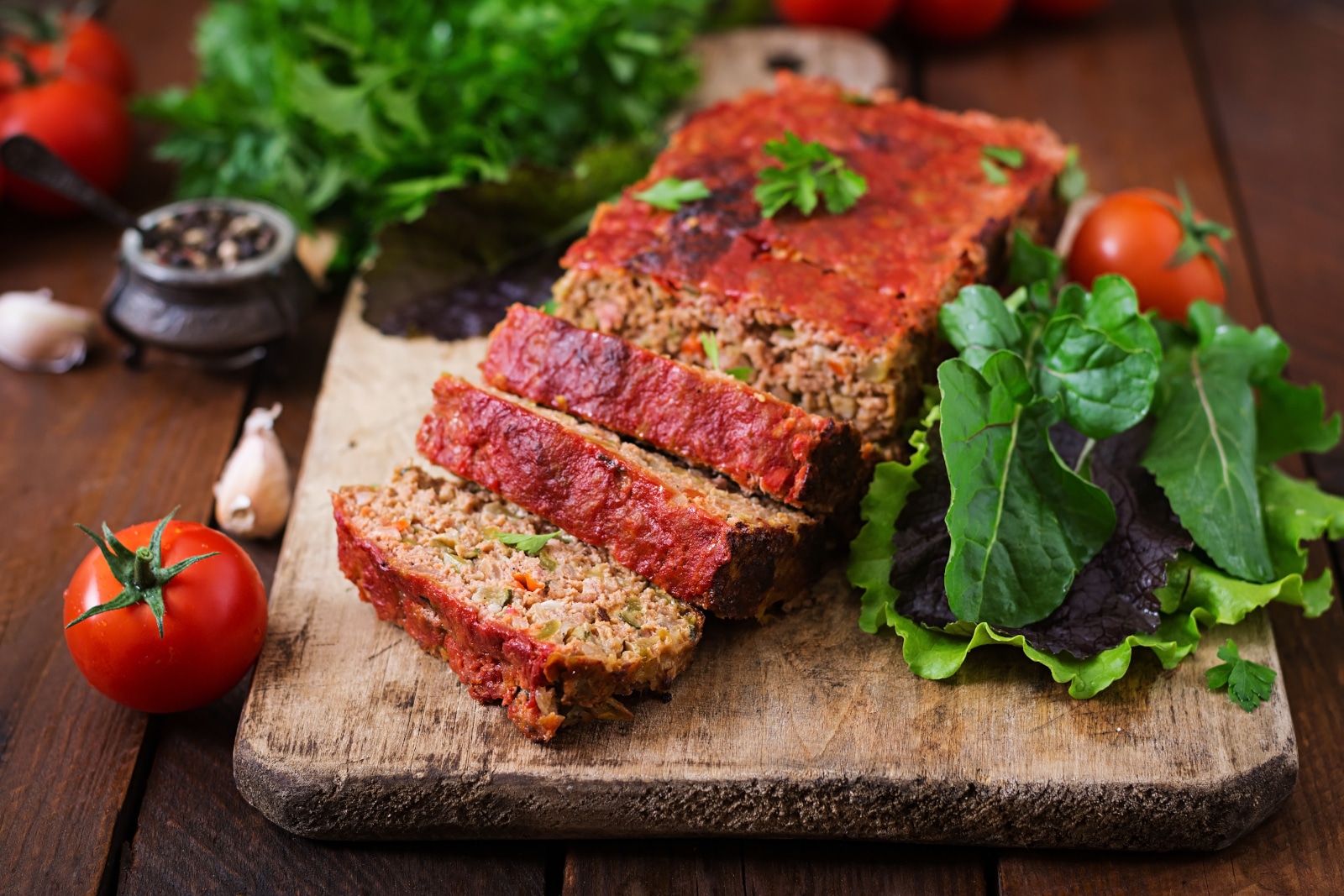
Norton Cheese Pairing
This red wine is divine with firm and cream cheeses made from sheep’s or cow’s milk. Try Norton with Gouda, Mahon, Majorero, Raclette, or Feta. Additional fine cheese choices are Roquefort (although banned in the United States), Vacherin, Reblochon, and Saint-Nectare. Serve the cheese on a wooden cheese board, along with fresh summer fruits, dried figs, and crackers.
How Much Alcohol Does Norton Have?
The alcohol in Norton is relatively high, as it is exclusively grown in hot American wine regions. Climate influences ripeness, which in turn influences alcohol levels. To put it differently, the higher the sun in the sky, the higher the alcohol in a wine. The Norton alcohol content is in the range of 13.5 to 15% ABV. That is the typical alcohol concentration for medium-to-full-bodied dry red wines. Before consuming, however, check the label to be more precise. As always, do enjoy the wine responsibly.
How Many Calories Are There in Norton?
Bear in mind that wine with little to no residual sugar or low alcohol levels, such as Norton, does not equate to a calorie-free beverage. The carbs in Norton range from 1 to 6 per glass, while the calories are 119 to 125 per serving. That is if the Norton wine is dry. If it is a dessert wine, expect to see a tremendous calorie increase. Calories in dessert wines are in the range of 140 to 160 or more per glass. At the same time, the grams of carbs are between 4 to 7 or more per serving.
Conclusion
Norton has a lengthy, deeply-rooted history, like the roots of grapevines themselves. The grape changed the wine culture in Missouri, and to an extent, it evolved the wine industry of the United States. Over the last centuries, Norton has grown into a foundational varietal and produces highly acclaimed and award-winning wines. As a consequence, on the next occasion, you celebrate a dynamic glass of Norton wine, close your eyes, and toast to its complex history and how it almost faced extinction.

